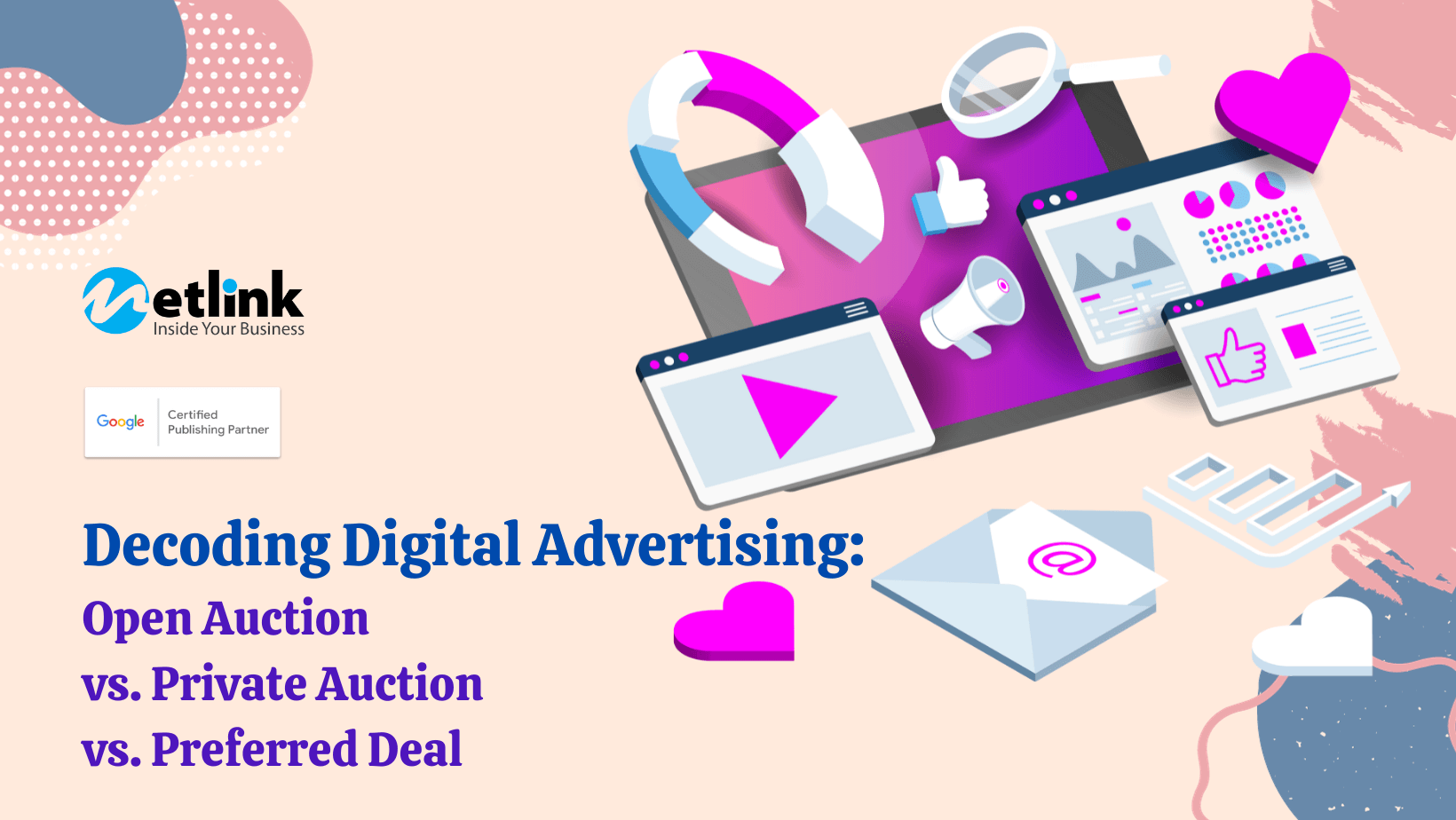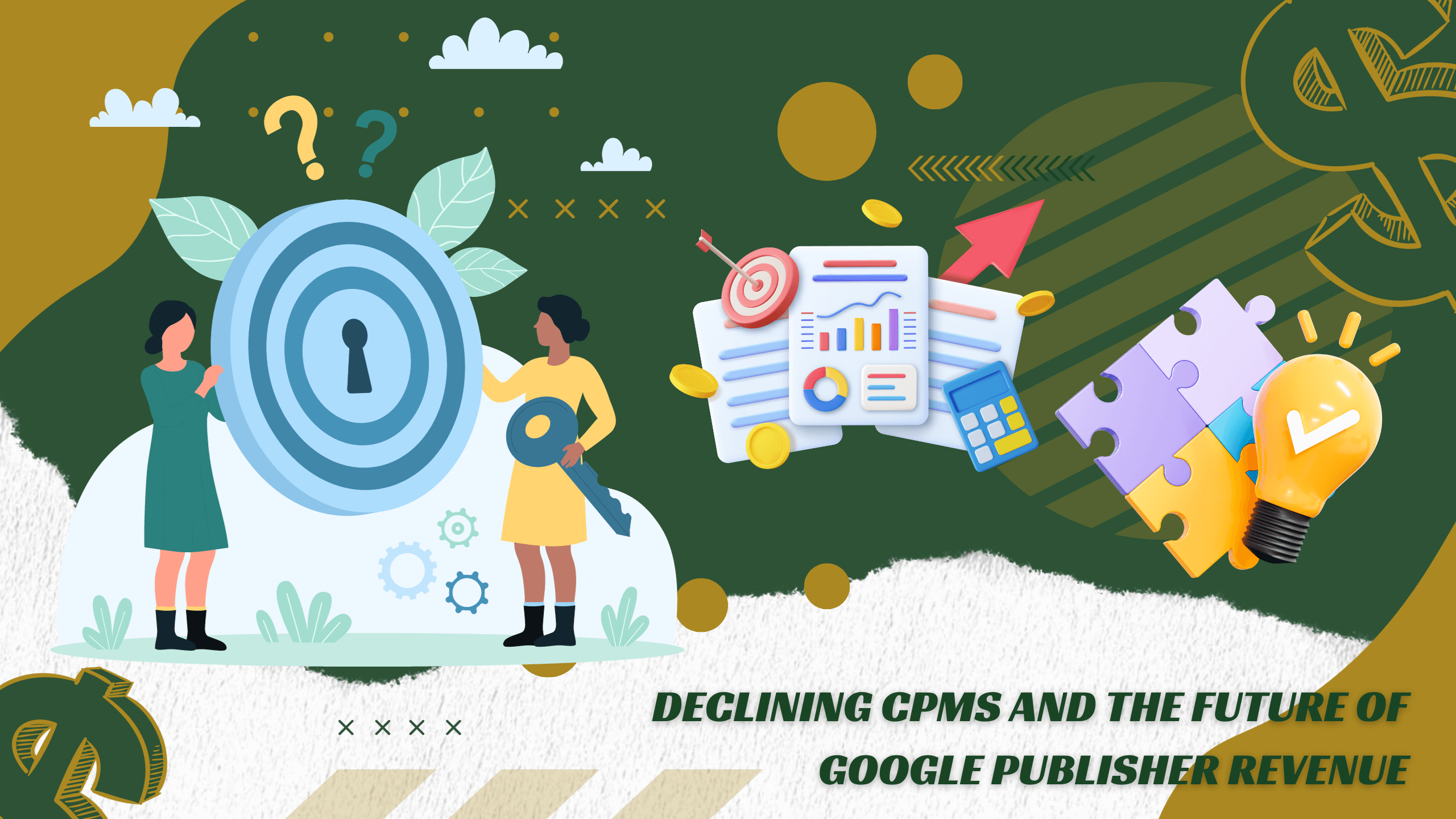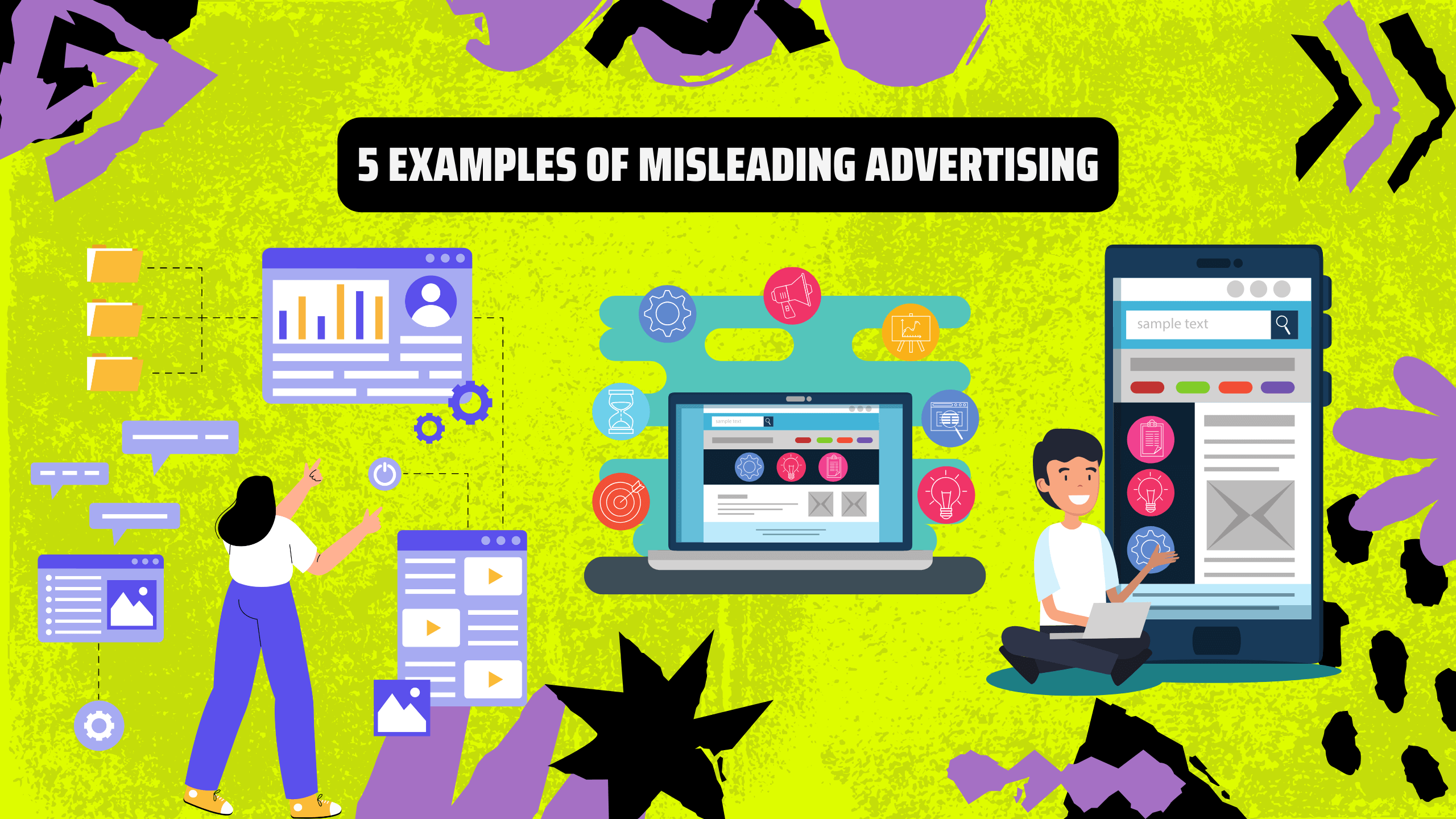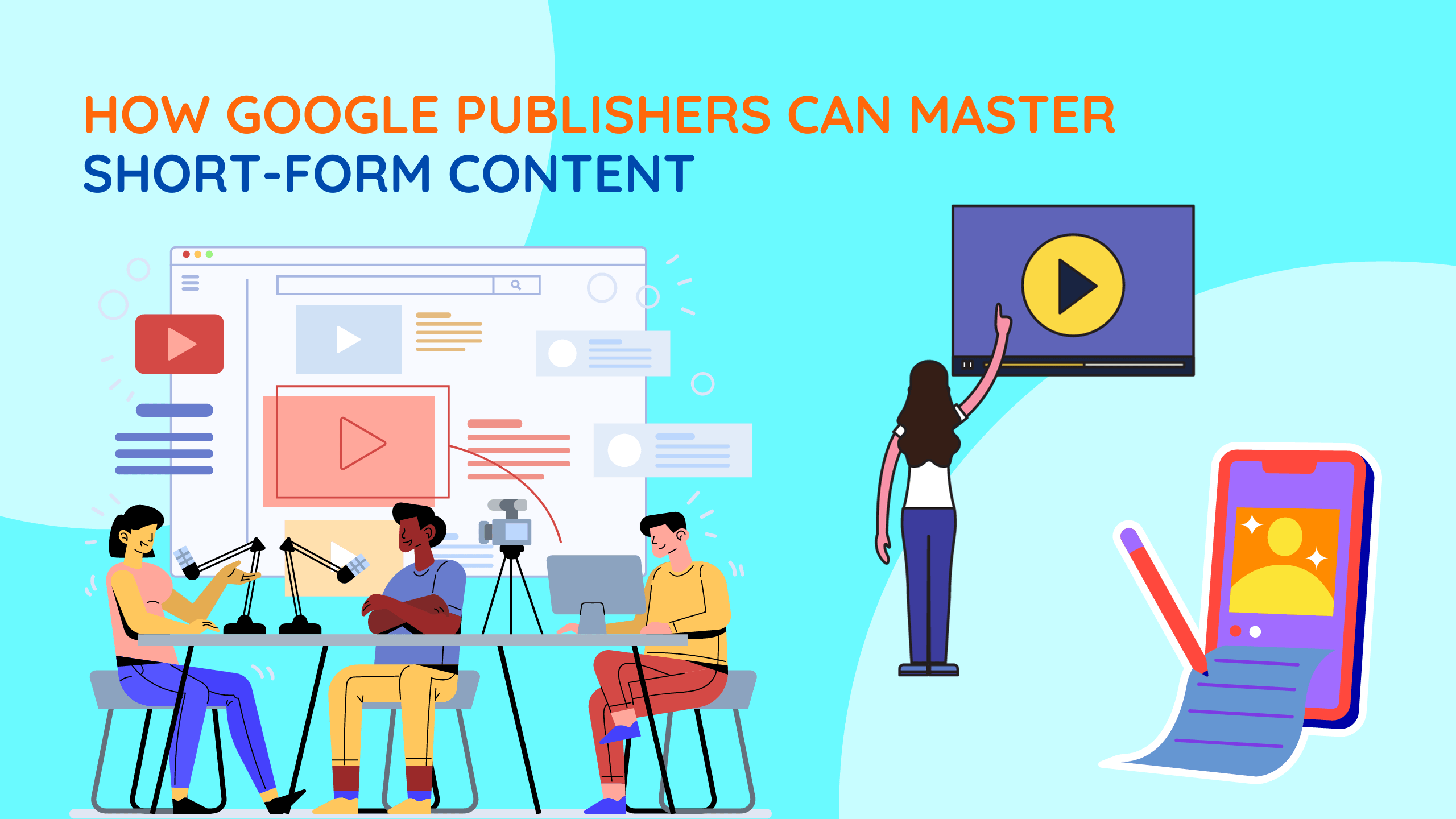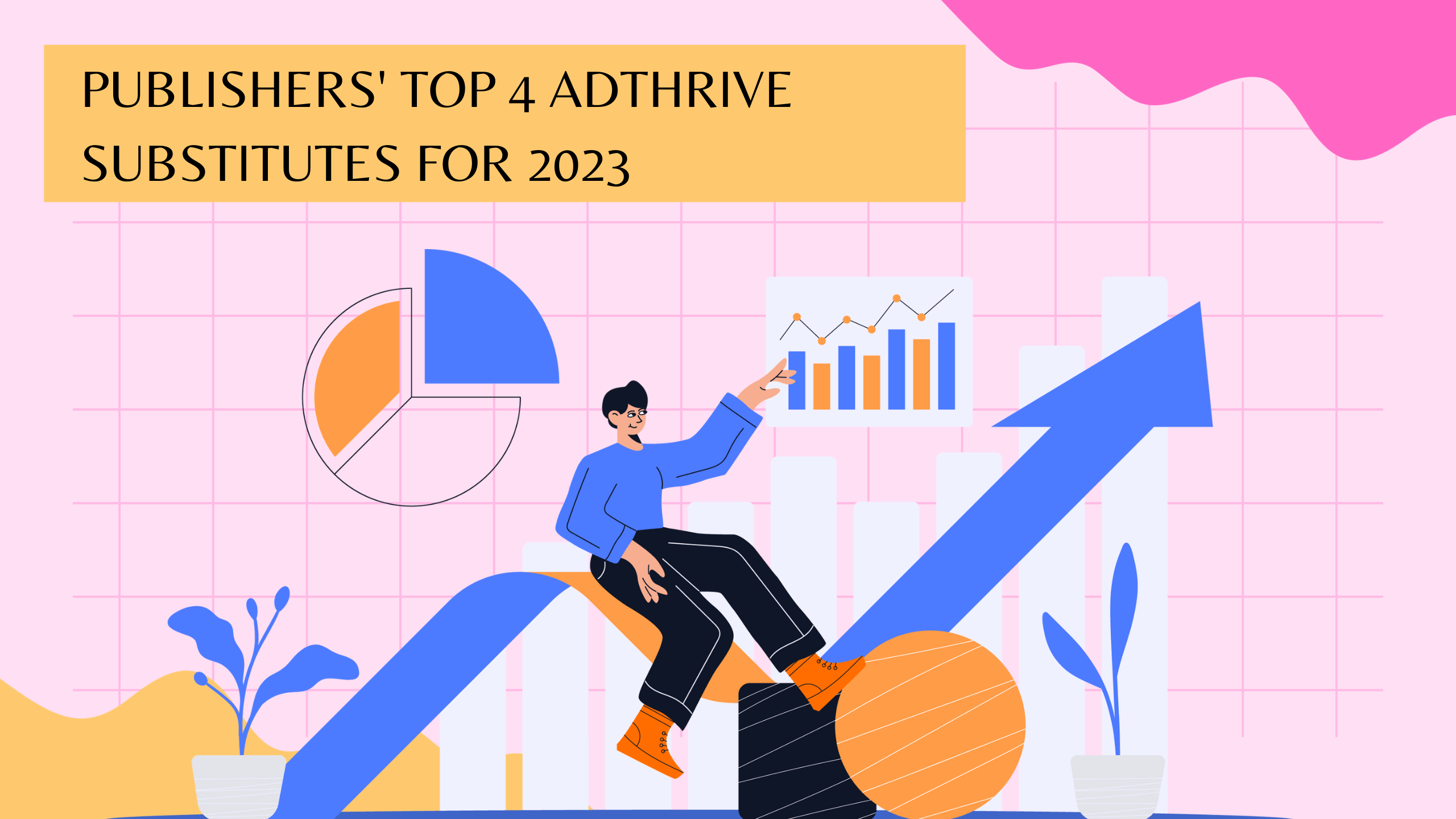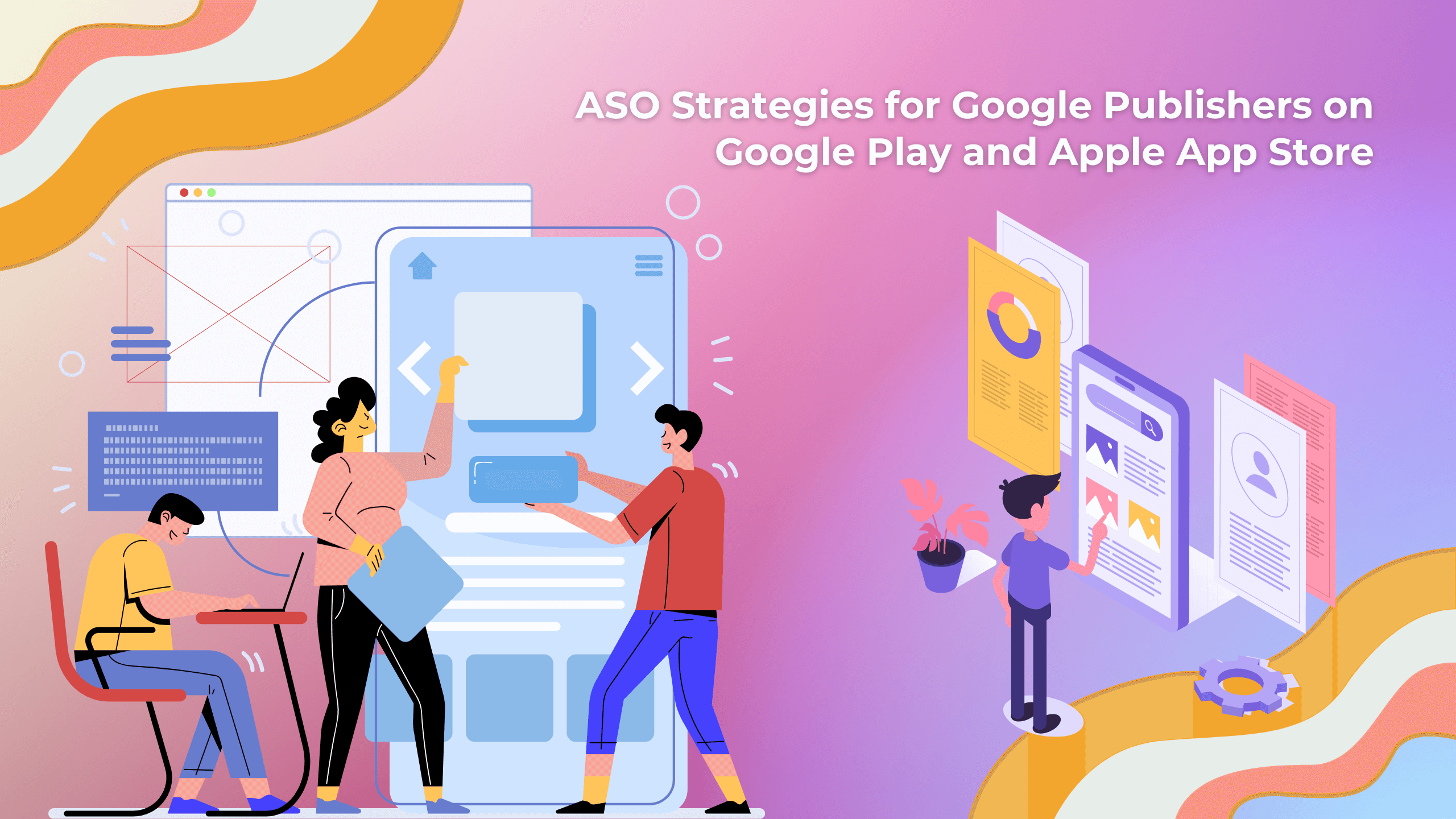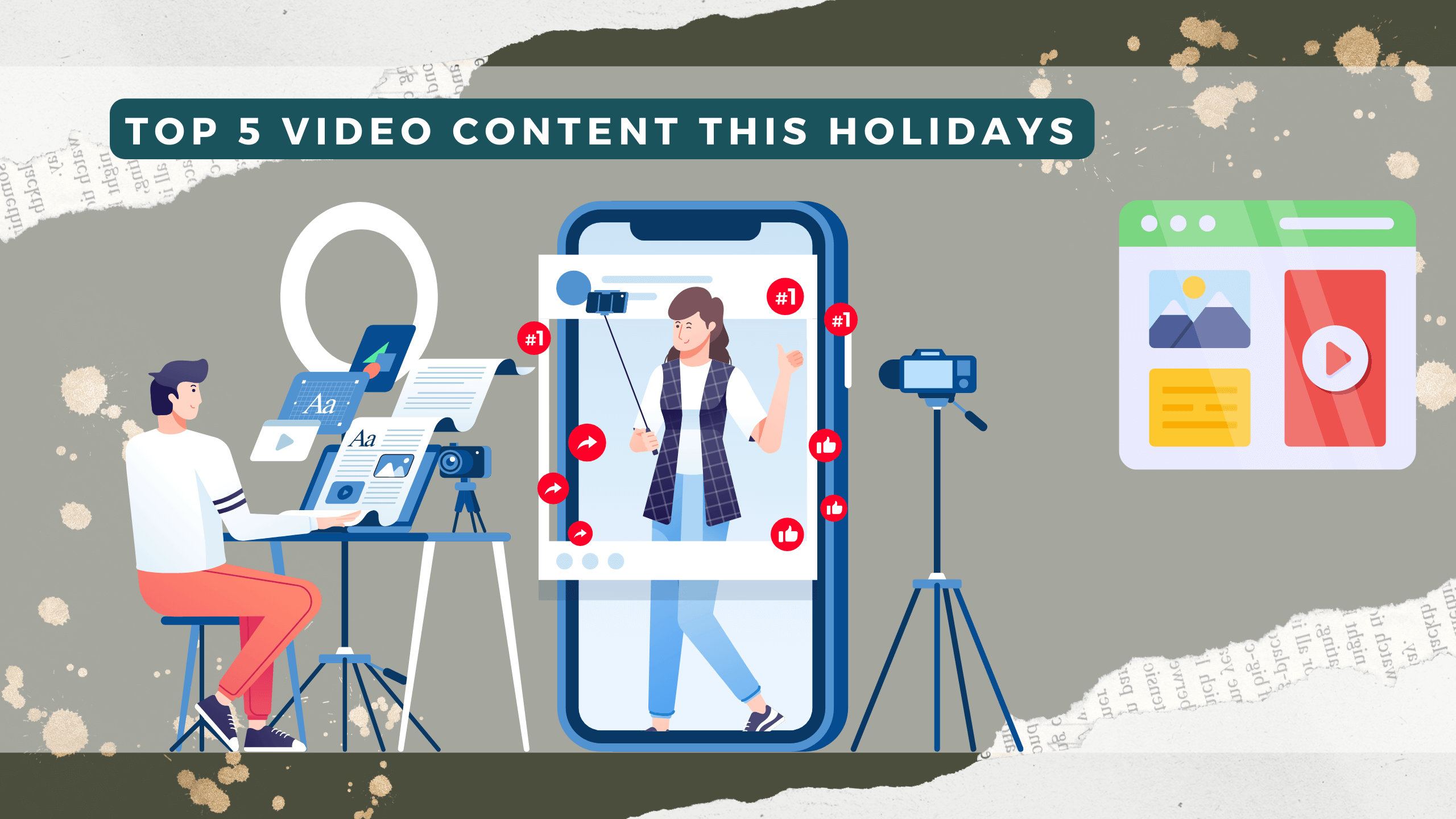In the intricate world of digital advertising, success depends on navigating a complex landscape of choices. Google Publishers are at the forefront of this digital evolution, juggling various options to maximize their revenue while ensuring brand safety. Three of the most prevalent choices in this domain are Open Auctions, Private Auctions, and Preferred Deals. Understanding the differences between these approaches is crucial for publishers seeking to optimize their ad inventory and meet the needs of both advertisers and users.
I. Open Auction: The Digital Marketplace
Definition: An Open Auction, also known as a Real-Time Bidding (RTB) auction, is the most common and transparent method of buying and selling ad inventory. It’s like a digital marketplace where advertisers bid in real-time for ad impressions. In this open arena, ad slots are available to a wide range of advertisers, creating a competitive environment that determines the price of each ad impression.
How It Works: When a user visits a publisher’s website or app, information about that user is transmitted to an ad exchange. Advertisers then participate in a lightning-fast auction where they place bids based on user data, targeting criteria, and their campaign objectives. The highest bidder wins the impression and serves their ad in real-time.

Benefits:
– Maximized Revenue: Open Auctions often yield higher eCPMs (effective cost per thousand impressions) due to competitive bidding.
– Efficiency: The process is automated and instantaneous, making it efficient for publishers to fill their ad slots.
Access to a Wide Range of Advertisers: Publishers can tap into a large pool of potential advertisers.
Considerations:
– Brand Safety: With limited control over ad quality, publishers may inadvertently display ads that are not in line with their brand values.
– Price Volatility: Prices can fluctuate rapidly in real-time auctions, affecting revenue stability.
II. Private Auction: Controlled Access
Definition: A Private Auction, as the name suggests, provides publishers with more control and selectivity over who gets access to their ad inventory. Unlike the open auction, participation in a private auction is by invitation only, with a specific group of advertisers invited to bid.
How It Works: Publishers curate a list of advertisers they want to invite, based on factors like brand alignment, content suitability, and potential revenue. These invited advertisers gain exclusive access to bid on the publisher’s inventory in a closed environment.
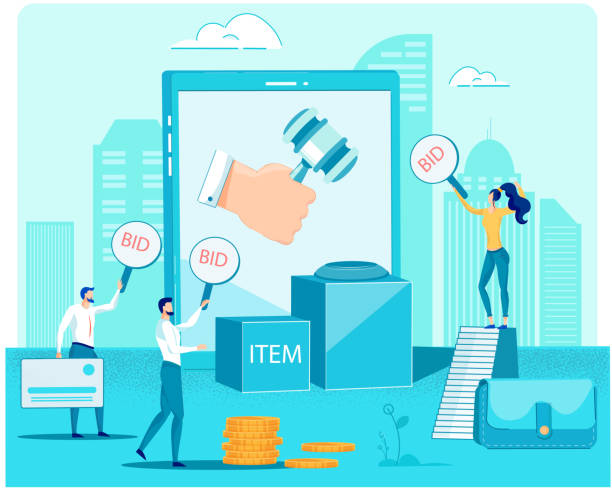
Benefits:
– Brand Safety: Publishers can ensure that only trusted advertisers with suitable content are allowed to bid, minimizing the risk of displaying irrelevant or inappropriate ads.
– Higher CPMs: Exclusive access can lead to higher CPMs since advertisers are often willing to pay a premium for preferred inventory.
– Control: Publishers maintain more control over the quality of ads and the brands that appear on their platform.
Considerations:
– Limited Competition: With a restricted set of bidders, CPMs may not always reach the same levels as open auctions.
– Complexity: Managing private auctions can be more labour-intensive than opening auctions, as it requires selecting and inviting specific advertisers.
III. Preferred Deal: A Direct Connection
Definition: Preferred Deals bridge the gap between open and private auctions. In this arrangement, publishers negotiate directly with preferred advertisers to set fixed CPM rates for their inventory. Advertisers receive priority access to impressions without participating in an auction.
How It Works: Publishers and advertisers agree on a fixed CPM rate for a certain volume of impressions. When a user visits the publisher’s site, and an ad slot becomes available, it is first offered to the preferred advertiser at the agreed-upon rate. If the preferred advertiser declines or doesn’t fill the impression, it becomes available in the open auction.

Benefits:
– Stable Revenue: Preferred Deals provide a predictable income stream for publishers since rates are agreed upon in advance.
– Brand Control: Publishers can maintain strict control over the quality and suitability of ads.
– Direct Relationships: Publishers build direct relationships with advertisers, fostering collaboration and trust.
Considerations:
– Limited Competition: Publishers may sacrifice the potential for higher CPMs in exchange for guaranteed revenue.
– Management: Negotiating and managing preferred deals can be resource-intensive, particularly for publishers with many advertisers.
IV. Choosing the Right Path
In the realm of digital advertising, the choice between Open Auctions, Private Auctions, and Preferred Deals ultimately depends on a publisher’s unique objectives and circumstances. Here are some key considerations to help Google Publishers make informed decisions:
– Content Suitability: If maintaining brand safety and ensuring that ads align with content is paramount, Private Auctions or Preferred Deals offer better control.
– Monetization Goals: Open Auctions generally provide higher CPMs due to competitive bidding, making them suitable for maximizing revenue.
– Relationship Building: Preferred Deals foster direct relationships with advertisers, potentially leading to long-term partnerships.
– Workload: Publishers should assess their capacity for managing private auctions or preferred deals, as these options require more hands-on involvement.
Conclusion
The digital advertising ecosystem offers Google Publishers a spectrum of choices, each with its own advantages and trade-offs. Open Auctions, Private Auctions, and Preferred Deals cater to diverse monetization needs and brand safety concerns. By understanding the differences and aligning their strategies with specific goals, publishers can optimize their ad inventory and thrive in the dynamic world of digital advertising. The path chosen should reflect not only the desire for revenue but also the commitment to delivering a user experience that resonates with audiences and maintains the integrity of the brand.

